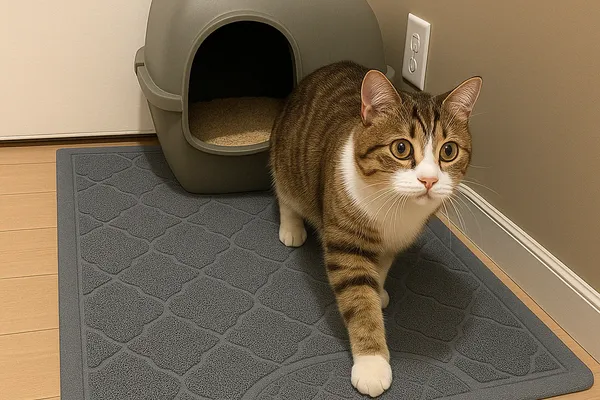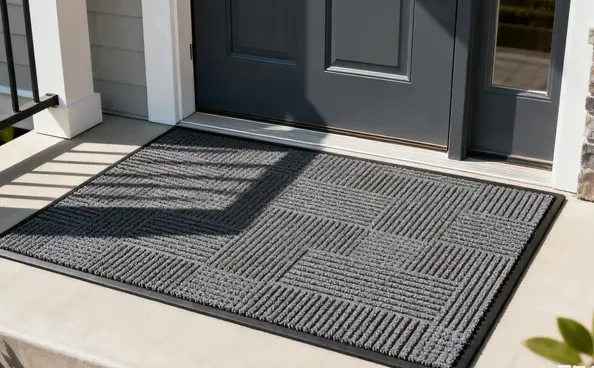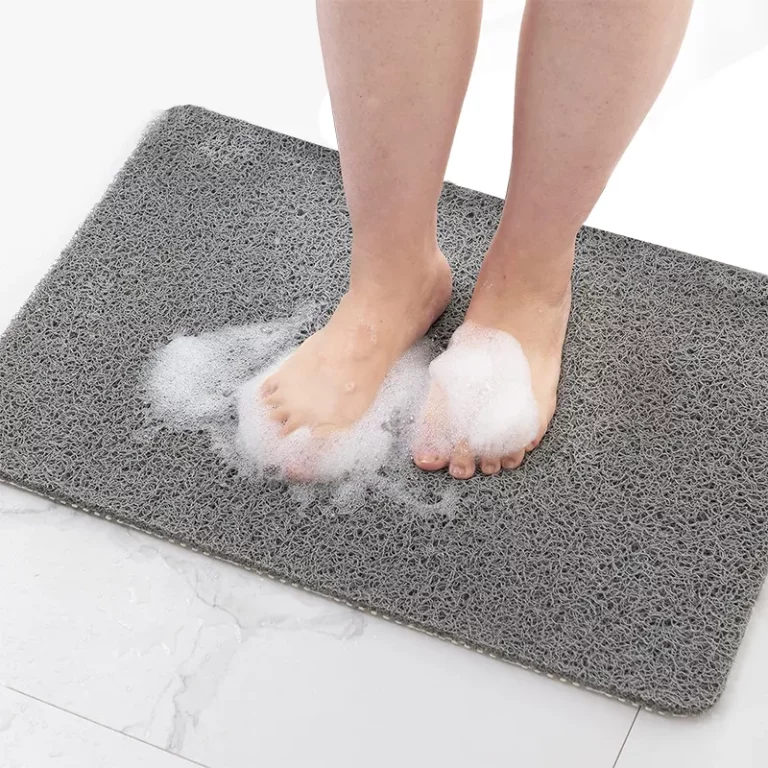Le guide ultime des tapis de sol antibactériens pour les hôpitaux : garantir la sécurité et l'hygiène
In a medical facility, cleanliness isn’t just about appearances—it’s a critical component of patient safety and infection control. Antibacterial floor mats play a pivotal role in maintaining a sterile environment, reducing the risk of cross-contamination, and ensuring a safe space for patients and staff alike. This comprehensive guide explores everything you need to know about these essential mats, why they’re indispensable in hospitals, and how to choose the right supplier. Read on to discover how antibacterial entrance mats can make a significant difference in your medical facility.
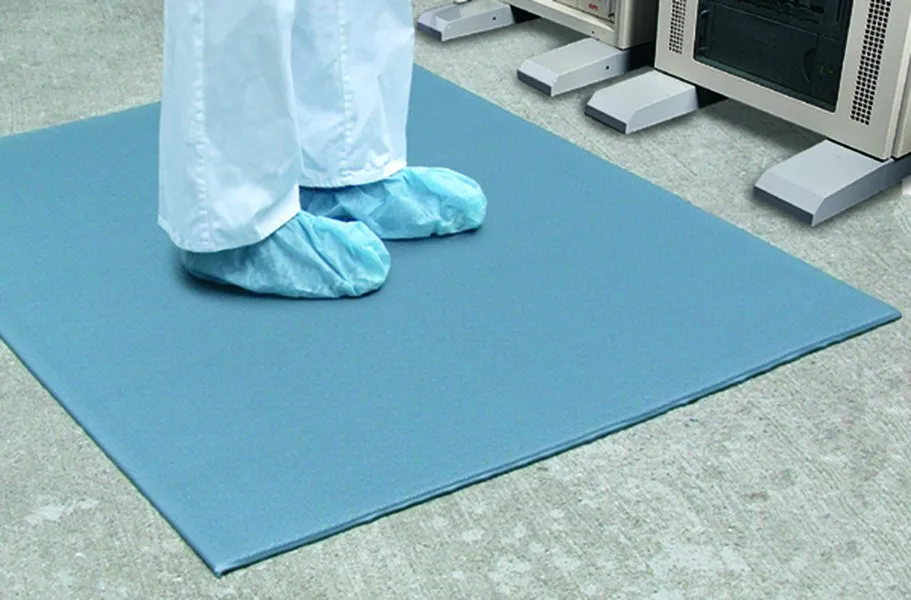
Table des matières
Why Are Antibacterial Floor Mats Essential in Hospitals?
Preventing Cross-Contamination
In hospitals, preventing the spread of bacteria and viruses is paramount. Antibacterial floor mats act as a barrier, trapping dirt and dust that could carry harmful microorganisms.
- Reduces Dirt and Dust: Les tapis aident capture dirt particles from shoe soles.
- Minimizes Germ Spread: Limits the movement of germs from one area to another.
Améliorer la sécurité
Antidérapant et wear-resistant mats ensure the safety of patients, staff, and visitors by preventing slips and falls.
- Surface antidérapante: Provides traction even when the floor is wet.
- Wear-Resistant Material: Durable over time, reducing the need for frequent replacements.
Compliance with Health Standards
En utilisant antibacterial floor mats helps hospitals comply with strict hygiene regulations.
- Meets Health Codes: Aligns with sanitation requirements.
- Supports Infection Control Protocols: Integral part of a comprehensive hygiene strategy.
What Are the Key Features of Antibacterial Mats?
Propriétés antimicrobiennes
These mats are treated with substances that inhibit the growth of bacteria and fungi.
- Prevents Microbial Growth:Conserve le tapis clean and germ-free.
- Long-Lasting Protection: Antimicrobial treatments remain effective over time.
Facile à nettoyer
Hospital mats need to be facile à nettoyer to maintain hygiene standards.
- Matériaux lavables: Can be sanitized without degrading the tapis.
- Séchage rapide: Minimizes downtime after cleaning.
Durabilité
Des tapis sont disponibles in materials designed to withstand heavy foot traffic.
- Construction robuste: Ideal for busy medical facilities.
- Resistant to Chemicals: Can endure cleaning agents without damage.
Different Types of Antibacterial Mats for Medical Facilities
Tapis d'entrée
Tapis d'entrée are the first line of defense against dirt entering the facility.
- Scrapes Off Debris: Removes dirt from shoe soles.
- Absorbent Materials: Soaks up moisture to prevent slippery floors.
Sticky Mats
Sticky mats, également connu sous le nom clean room sticky mats, are used in areas requiring high levels of cleanliness.
- Adhesive Surface: Pulls dirt and dust off footwear.
- Disposable Layers: Peel away contaminated layers to reveal a clean surface.
Tapis anti-fatigue
Designed for staff who stand for extended periods.
- Réduit la fatigue: Cushions feet and reduces strain.
- Antimicrobial Surface: Combines comfort with hygiene.
Tapis antistatiques
Anti-static mats are crucial in environments with sensitive electronic equipment.
- ESD Protection: Prevents electrostatic discharge.
- Antibacterial Properties: Maintains cleanliness.
How Do Sticky Mats Help in Clean Rooms?
Capturing Contaminants
Sticky mats are placed at entrances to clean rooms to capture dust particles.
- Adhesive Layers: Pulls dirt from the sole of the shoe.
- Reduces Airborne Particles: Minimizes contamination in sterile environments.
Facile à utiliser
- Disposable Layers: Simply peel off the top layer when it becomes dirty.
- Faible entretien: No need for complicated cleaning procedures.
Enhancing Clean Room Integrity
By trapping contaminants, sticky mats help maintain the strict cleanliness standards of a cleanroom.
- Supports Clean Room Protocols: Essential for industries like pharmaceuticals and electronics.
- Cost-Effective Solution: Affordable way to enhance hygiene.
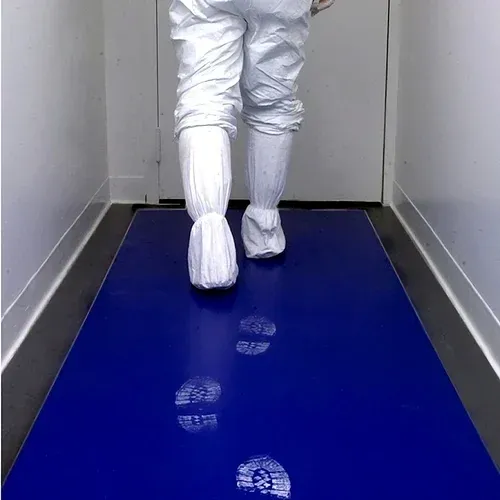
Anti-Fatigue Mats: Comfort Meets Hygiene
Benefits for Medical Staff
Staff in medical facilities often stand for long hours.
- Reduces Muscle Strain: Cushioned surface alleviates foot and leg fatigue.
- Augmente la productivité: Comfortable staff are more efficient.
Antibacterial Surface
Combines the benefits of anti-fatigue properties with antibacterial surfaces.
- Hygienic Material: Inhibits bacterial growth.
- Facile à nettoyer: Sanitize without harming the tapis.
Emplacements idéaux
- Nurse Stations
- Laboratories
- Pharmacy Counters
Choosing the Right Material: Rubber vs. PVC Mats
Tapis en caoutchouc
Tapis en caoutchouc are durable and often used in entrance door mats.
- Surface antidérapante:Améliore la sécurité.
- Caoutchouc naturel: Eco-friendly options available.
- Wear-Resistant: Withstands heavy foot traffic.
Tapis en PVC
Tapis en PVC offer flexibility and are often used in anti-fatigue and revêtement de sol candidatures.
- Léger:Facile à déplacer et à installer.
- Des modèles polyvalents:Disponible en différents motifs et couleurs.
- Rentable: Affordable without sacrificing quality.
Comparing the Two
| Fonctionnalité | Tapis en caoutchouc | Tapis en PVC |
|---|---|---|
| Durabilité | Haut | Moderate to High |
| Coût | Higher upfront cost | More affordable |
| Résistance au glissement | Excellent | Bien |
| Poids | Plus lourd | Léger |
| Applications | Entrances, heavy-duty areas | Anti-fatigue, floor coverings |
The Role of Antimicrobial Mats in Infection Control
Inhibiting Bacterial Growth
Antimicrobial mats are treated to prevent the growth of bacteria, mold, and mildew.
- Continuous Protection: Works 24/7 to maintain a hygienic surface.
- Reduces Odors: Prevents odor-causing bacteria.
Ideal for High-Risk Areas
- ICUs and Operating Rooms
- Laboratories
- Food Preparation Areas
Supporting Sanitation Protocols
- Intégration facile: Fits seamlessly into existing cleaning routines.
- Améliore la sécurité: Contributes to a safer environment for patients and staff.
How to Maintain and Clean Antibacterial Mats
Nettoyage régulier
- Passer l'aspirateur: Removes loose dirt and debris.
- Mopping: Use appropriate cleaning agents for deeper cleaning.
Sanitization
- Disinfectants: Use hospital-grade disinfectants compatible with the tapis material.
- Autoclavable Mats: Some mats can be sterilized in an autoclave for maximum hygiene.
Replacement Indicators
- Usure normale: Replace mats showing signs of damage.
- Surface Integrity: Ensure the antibacterial coating is intact.
Selecting a Reliable Supplier for Hospital Mats
Assurance qualité
Choisissez un fournisseur who guarantees high-quality, durable mats.
- Certifications: Look for ISO or similar quality standards.
- Material Transparency: Know what materials are used in the mats.
Solutions personnalisées
Un bon fournisseur offers customized options to meet your facility’s needs.
- Custom Sizes and Designs: Fit mats to specific areas.
- Logo and Branding: Incorporate facility logos if desired.
After-Sales Support
- Garantie: Ensure there’s a warranty for defects.
- Service client: Responsive support for any issues.
Vous recherchez des tapis de haute qualité ? Découvrez notre Tapis d'escalier durables for added safety in your facility.
Questions fréquemment posées
What Makes a Mat Antibacterial?
Répondre: Antibacterial mats are treated with antimicrobial agents that inhibit the growth of bacteria and fungi, keeping the surface clean and reducing the risk of cross-contamination.
Can Antibacterial Mats Be Used in Non-Medical Settings?
Répondre: Yes, they are also ideal for places where hygiene is crucial, such as food processing plants, laboratories, and even homes.
How Often Should Sticky Mats Be Replaced?
Répondre: The frequency depends on foot traffic. Once the top layer is dirty, peel it away to reveal a new layer. Sticky mats typically have 30 layers per pad.
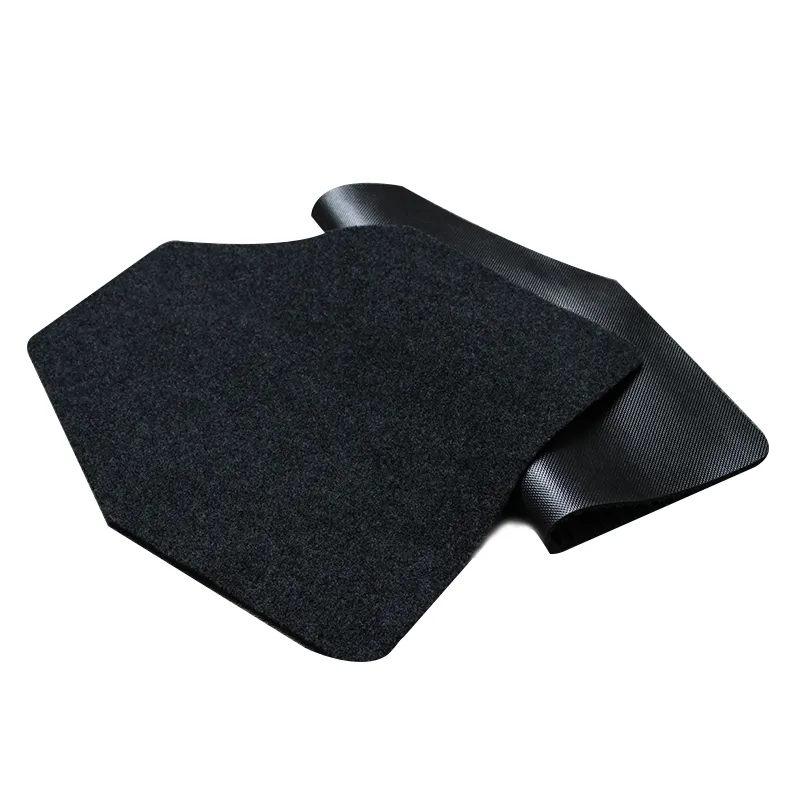
Alt text: “cut pile urinal mats”
Are Anti-Fatigue Mats Really Beneficial?
Répondre: Absolutely! They reduce fatigue, increase comfort, and can improve productivity, especially in roles requiring long periods of standing.
What Features Should I Look For in a Supplier?
Répondre: Look for a supplier with a reputation for quality, offers customization, and provides excellent customer service.
Conclusion
Antibacterial floor mats are an essential component in maintaining hygiene and safety within hospitals and other medical facilities. From preventing cross-contamination to providing comfort for staff, these mats serve multiple crucial functions. By understanding the types available and their specific benefits, you can make informed decisions to enhance your facility’s cleanliness and compliance with health standards. Remember, the right mat not only protects your floor but also the health of everyone who walks through your doors.
Principaux points à retenir
- Hygiene is Paramount: Antibacterial mats help prevent the spread of germs.
- Types de tapis: Choose from entrance mats, sticky mats, anti-fatigue mats, and more.
- Questions matérielles: Understand the benefits of caoutchouc contre. Tapis en PVC.
- Maintenance is Essential: Regular cleaning and proper care extend the life of your mats.
- Choose the Right Supplier: Quality, customization, and support are critical factors.
For more solutions to keep your facility safe and clean, explore our Tapis d'escalier écologiques et Tapis d'escalier antidérapants designed for durability and safety.
Enhance comfort in staff areas with our Tapis de cuisine that offer anti-fatigue properties and easy cleaning.
Ready to enhance your facility’s hygiene and safety? Contactez-nous today to find the perfect antibacterial mats for your needs.

